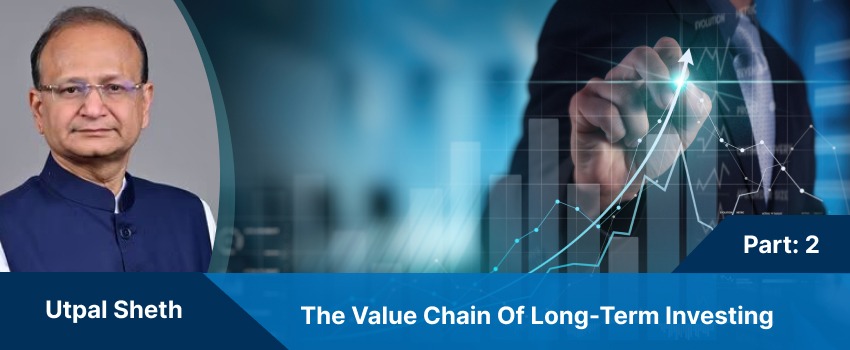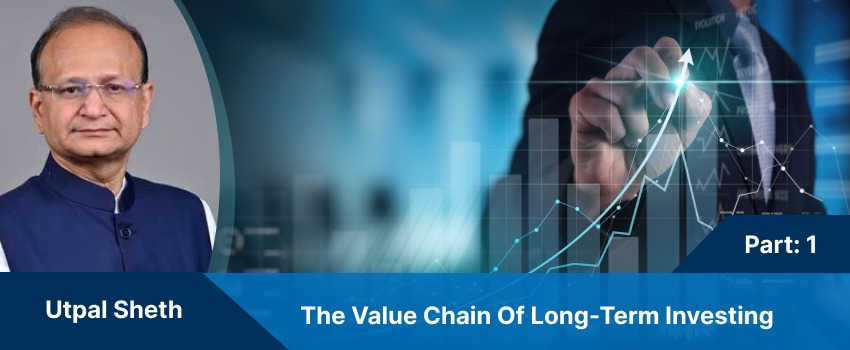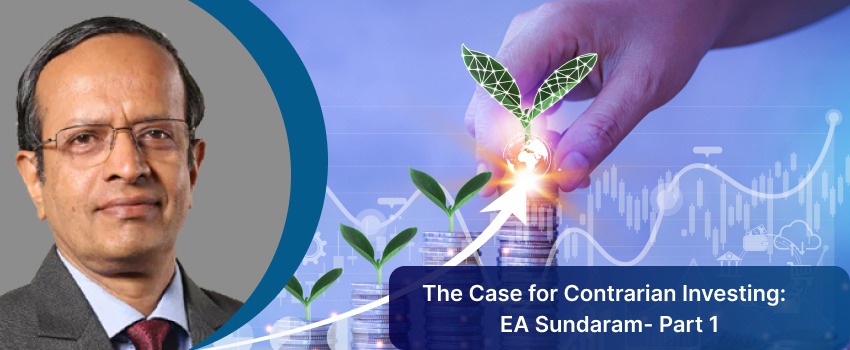The Debt Factor – ROIC
Why should you look at a company’s ROIC?
Let s start with first answering what is ROIC?
ROIC is a financial measure that quantifies how well a company generates cash flows relative to the capital it has invested in the business. Here, the investment represents pool of funds supplied by its shareholders & the lenders.
ROIC – Earnings before Interest & Depreciation/ Total Capital
Let’s see what does Total Capital mean??
Total Capital = Equity Capital + Debt Capital
Equity Capital:
Equity Capital is the money contributed by the promoters and the other shareholders. Equity holders are basically the owners of the company.
Debt Capital:
Debt Capital is the money borrowed from banks/ other lenders carrying an interest charge on it.
Hence, the total capital of the firm is the sum of this equity capital + debt capital.
Now, why are we stressing on ROIC here??
ROIC is a true measure of the company’s returns and gives a fair picture of the profitability as it includes the debt component. Companies can raise a lot of debt to increase their ROE (return only on the equity capital excluding debt); hence showing a rosier picture of the return, but the main factor that needs to be taken into consideration is the Debt.
Let’s look at an example:
Mr. A invests Rs 3 Crore in a portfolio of stocks, out of which he invests only 1 Crore of his own & raised the rest through debt from banks at 12% interest charge. In the next year the value of his portfolio appreciated to Rs.3.60 Crore. His return hence is, (60 lakhs less 24 Lakhs for -interest charge) = 36Lakhs. If we look at his ROE it is 36%, (i.e. 36 laks on Rs.1Crore) but if you look at his ROIC taking the debt factor into consideration it is 20%.
Hence while investing in a company, watch out for companies having a high debt. Due to its capital structure being highly leveraged(high debt) its ROIC is very low.
Hence, while looking at a company’s returns & its capability to generate further returns we must give stress on its ROIC figure as well which shows a fairer picture of the company’s capability.
If you liked what you read and would like to put it in to practice Register at MoneyWorks4me.com. You will get amazing FREE features that will enable you to invest in Stocks and Mutual Funds the right way.
Need help on Investing? And more….Puchho Befikar
Kyunki yeh paise ka mamala hai
Start Chat | Request a Callback | Call 020 6725 8333 | WhatsApp 8055769463










Sorry, I think ROIC = Net Operating Profit After Taxes / Total Capital. If you take EBIDA / Total Capital you might be overestimating ROIC because you are not considering the depreciation and amortization. Regards.
Sorry, I think ROIC = Net Operating Profit After Taxes / Total Capital. If you take EBIDA / Total Capital you might be overestimating ROIC because you are not considering the depreciation and amortization. Regards.
NOPAT what you talk about is EBIT (1-T), so that also doesn’t take the interest cost into consideration. While calculating ROIC in most of the cases for the numerator the interest & depreciation cost are added back(or Earnings before Interest & Dep cost). There are a few different formulas to calculate ROIC. Those are
1) EBIT(1-T)/ Total Capital
2) EBIT/ Total Capital
3) EBITDA/Total Capital
4) EBIDA/Total Capital
NOPAT what you talk about is EBIT (1-T), so that also doesn’t take the interest cost into consideration. While calculating ROIC in most of the cases for the numerator the interest & depreciation cost are added back(or Earnings before Interest & Dep cost). There are a few different formulas to calculate ROIC. Those are
1) EBIT(1-T)/ Total Capital
2) EBIT/ Total Capital
3) EBITDA/Total Capital
4) EBIDA/Total Capital